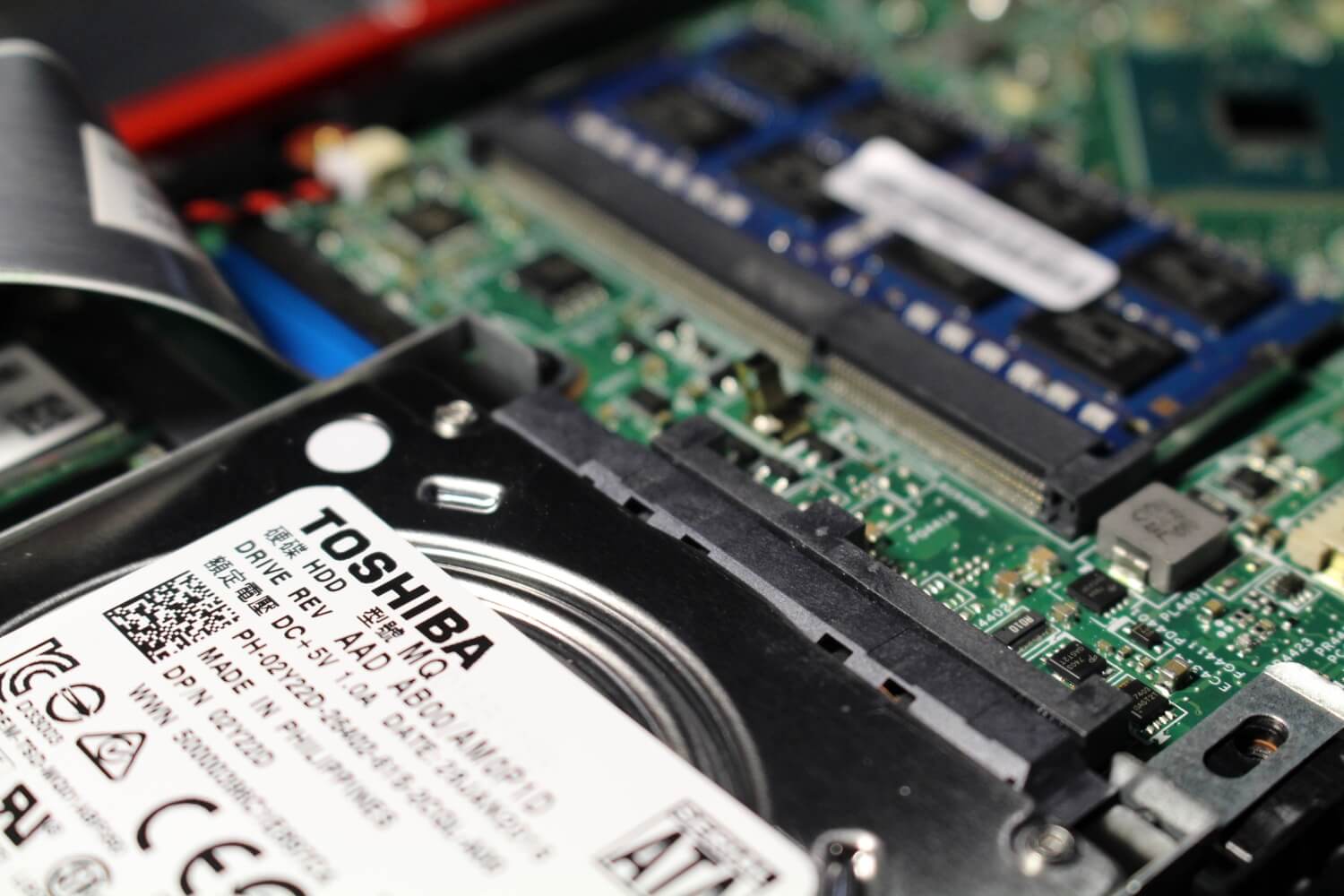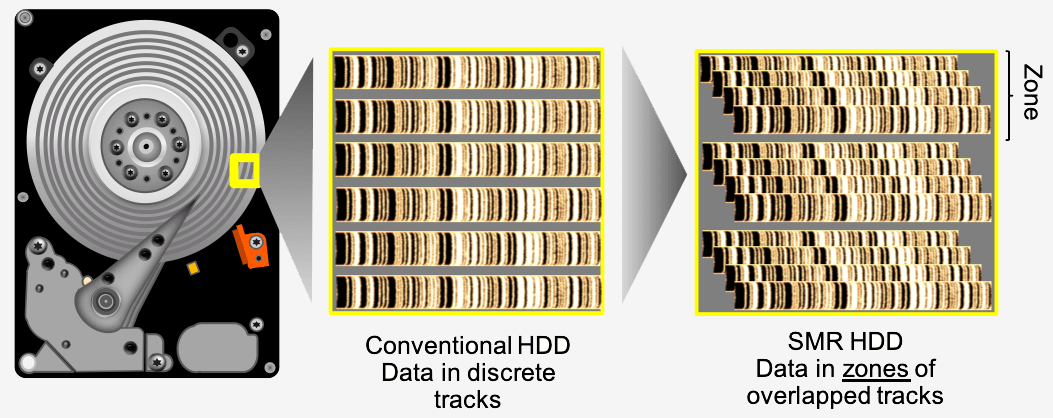Bottom line: Toshiba does note that SMR tech has been recognized to have an impact on write speeds, especially in environments where continuous random writing takes place. As such, “Toshiba products are carefully tailored to specific workloads and use cases.”

Western Digital last week came clean with regard to which recording technologies its drives use after reports surfaced that it and other vendors were utilizing slower tech in some drives to keep manufacturing costs down without explicitly stating as much.
Now in an effort to be more transparent, Toshiba has shared a list of drives that employ shingled magnetic recording (SMR) technology. Desktop (3.5-inch) drives that use SMR tech include the Toshiba P300 4TB and 6TB, Toshiba DT02 4GB and 6TB and the Toshiba DT02-V 4TB and 6TB.
Laptop models (2.5-inch) that employ SMR technology include the Toshiba L200 1TB and 2TB as well as the MQ04 1TB and 2TB.

As Tom’s Hardware highlights, it’s a bit surprisingly to see SMR being utilized on low-capacity drives – especially those in the 1TB-2TB range – as the tech was originally developed to boost storage density so hard drive makers could continue pumping out drives with the ability to store increasingly larger amounts of data.
Masthead credit: leodaphne
https://www.techspot.com/news/85036-toshiba-reveals-which-drives-use-slower-smr-technology.html